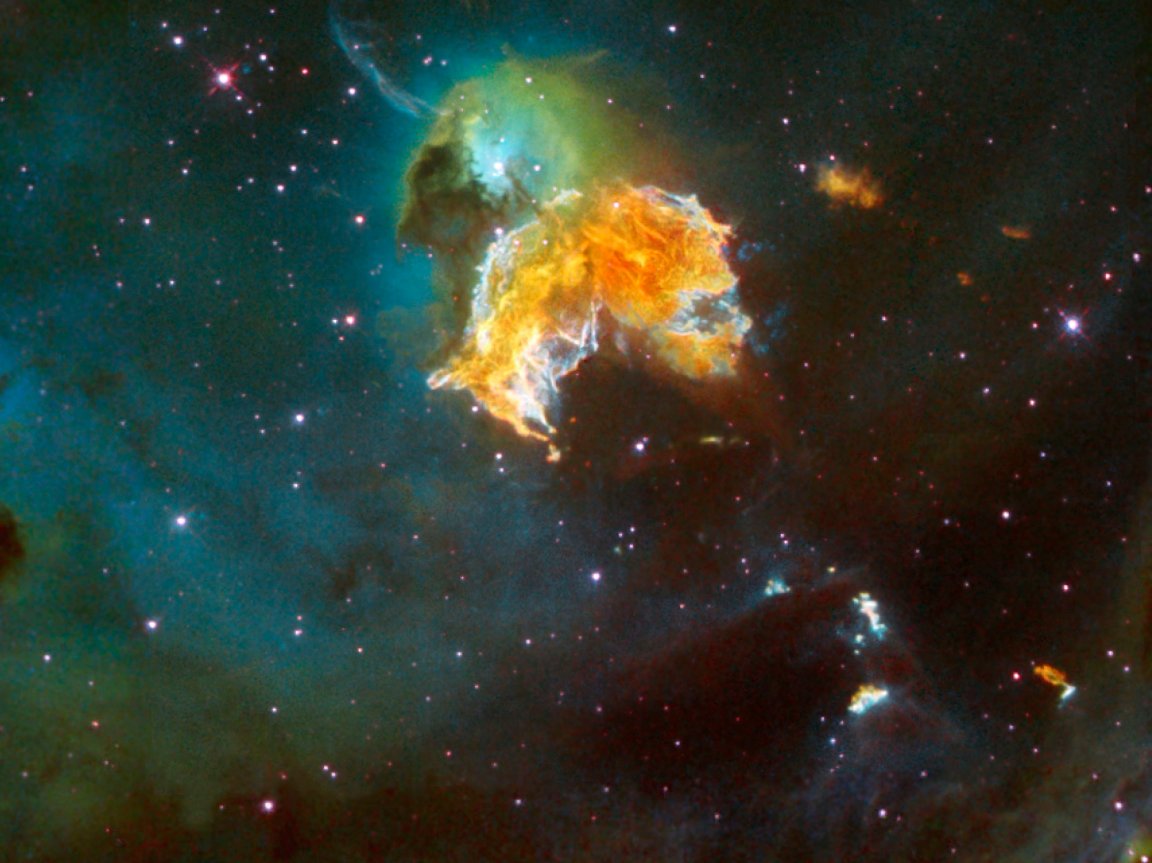
A Star is Born
Supernovas are a celestial double-edged sword: they represent the violent death of a star and pose an immediate threat to anything within cosmic striking distance. But they also create a chemical cocktail capable of giving birth to new stars. That is, after all, the prevailing theory for the beginning of our Universe. What we know of supernovas, however, is limited by what the technology we have to observe them can tell us. Unless, of course, the eruptions are unfathomably massive — which is what happened 30 some years ago when a supernova 168,000 light-years away exploded with such intensity, and such magnitude, that it was visible with the naked eye. Supernova 1987A was the first event in more than 400 years that allowed astronomers to see — with their own two eyes — what a star exploding with the brightness of a 100 million suns looked like.
That was several decades ago, however, and technological advancement in the interim has given researchers today greater capabilities for analyzing Supernova 1987A. In Chile, the Atacama Large Millimetre/submillimetre Array (ALMA) has helped a group of researchers to create a 3D model of how that cosmic dust shapes into new stars. They also discovered several chemical elements, like silicon monoxide (SiO) and carbon monoxide (CO), which had never before been detected within the heart of the supernova. The researchers undertook a separate study to look for additional chemicals and found formyl cation (HCO+) and sulfur monoxide (SO) as well — which are findings that may even be more thrilling than the 3D modeling of a star’s birth. If these chemical formations have gone undetected, and we now have the means to reveal them, it begs the question: what other secrets may be lurking in a supernova’s core?
“This is the first time that we’ve found these species of molecules within supernovae,” said Mikako Matsuura, one of the researchers from Cardiff University, “which questions our long held assumptions that these explosions destroy all molecules and dust that are present within a star.”